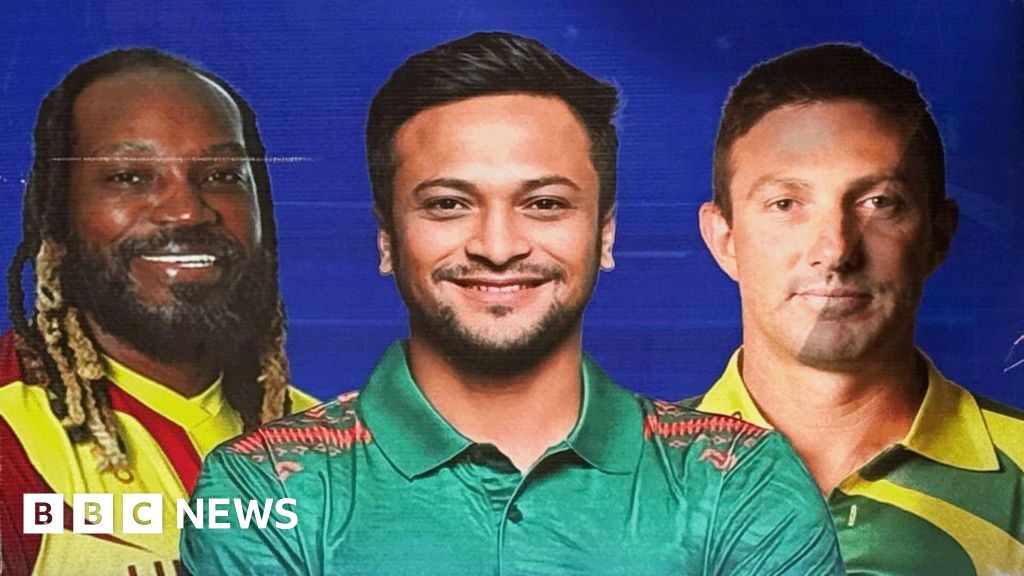‘That’s Dizzy’s son’: Why Jackson wants to emulate his dad’s baggy green legacy

As a child growing up to the south of Adelaide, Jackson Gillespie heard the murmurs of teachers in his classes."That's Dizzy's son," they'd say, before evenings after school when father and son would occasionally venture to the nets. Now and then, Jackson would try his hand at leg spin, only to be jokingly pulled up by his fast bowler father.“I was always one of the tallest in my class at school,” Jackson says. “I tried a few leggies every now and again in the nets, but Dad actually didn’t allow it. He said, ‘You need to bowl fast’.”Dad interjects, laughing: “That’s not entirely true.”Jackson rephrases, with a warm smile.“He said, ‘You’ve got some attributes, and we know you’re naturally good at bowling, so I’d recommend you make the most of that and bowl fast’.”Now 19, and a South Australia representative at state and Indigenous levels, Jackson stands some chance of indeed making the most of his height. We're speaking at the MCG during Cricket Australia's Indigenous pathway camp, part-funded by the MCC Foundation, and Jackson's youthful presence is part of another strand to the story.Amid a raft of cuts to other areas, CA is shifting Indigenous programs from community cricket to high performance, the same department that looks after the national men’s and women’s teams. CA’s head of cricket James Allsopp hopes it can be a way to ensure that Scott Boland and Ash Gardner aren’t the only Indigenous cricketers playing for Australia in future summers.Loading“It needs to be more connected given the talent in some of these groups,” Allsopp says. “We know there’s been historical barriers for Indigenous cricketers.“Hopefully through programs like this and integration into high performance, if players are good enough, then they’ll have the support they need to push on and become first-class cricketers.”Jason Gillespie's Indigenous heritage was always a significant part of his life. His late father was a longtime advocate through his role as chief executive of Aboriginal Legal Rights, and his brother still works there as a field officer.But it said much about the nature of Australian cricket that it was not until midway through his decorated Test career that anyone picked up on Gillespie's background.“I naively assumed there would’ve been plenty of guys who had Indigenous blood, so that really surprised me that I was the first one,” Gillespie says. “It was a big story at the time, but it was a part of who we were as a family – I was surprised that people didn’t know.“There’s a tinge of sadness there as well that there hasn’t been more representation. We want more Indigenous Australians playing at the highest levels of the women’s and men’s games. So the overriding emotion is that tinge of sadness.”Jackson, born in 2006 a few months before Jason’s memorable 201 against Bangladesh in his final Test series, was only casually keen on cricket until the 2021-22 summer. He was enraptured by how Mitchell Starc’s first ball of the Ashes confounded Rory Burns, and was also glued to the TV when Scott Boland ripped through England in Melbourne, going on to win the Johnny Mullagh Medal for his efforts.“It was Starcy’s first ball actually that got me addicted to cricket,” Jackson says. “That kickstarted my love of cricket and I’ve not really stopped watching it.Loading“Then I was watching [Boland] by myself, and I was almost trying to nudge someone and go, ‘How about this’ but there was no one there. It was just jubilation about how good is this guy going. Really fun to watch.”This week, Jackson and Jason were cheered by the news that Brendan Doggett, another Indigenous fast bowler and a fellow South Australian, had been picked in the Ashes squad. Jackson hasn’t met Doggett yet, but hopes to during the season.Tall and, if anything, stronger in build than Jason at a similar age, Jackson has some big ambitions. In a reflection of the times, he also bats in a far more aggressive manner than his famously stodgy father.“I tend to be more aggressive with my style of play,” Jackson says. “I’ve seen Dad’s forward defence, it’s very good, no one’s getting past that. But I go about my batting in more of an aggressive fashion. That’s just how I play, if you’ve got levers, play to your strengths.“I want to play for Australia. That’s the end goal, it has been and probably always will be, it’s just a matter of keep progressing, keep getting better, do whatever you can to do the one-percenters, become the best you can be.”How is that best achieved? Jason chimes back in.“Exposure is the key,” he says. “If the boys and girls in this program can be part of training squads and things like that it gives them the best chance of getting to that level.“For me that’s a really important pillar, can we get Indigenous cricket into high performance, then we can put more resources into it and see more representation at the highest level.Loading“Jack is 19, he wants to give it a crack, and to rub shoulders with guys well on the path to professional cricket or already there is absolutely invaluable.”Who, I ask Jackson, are your fast bowling role models?“I like Starc, I like [Josh] Hazlewood and I like Pat Cummins,” he replies. “Those three, and a few I like from the older days – D.K. Lillee, Jeff Thomson how fast he bowled, and I do like watching some of the old highlights from Dad’s era, and I do like Glenn McGrath as well. So there’s a bunch of quicks I like watching as well.“What about your dad?” Jason chuckles.













